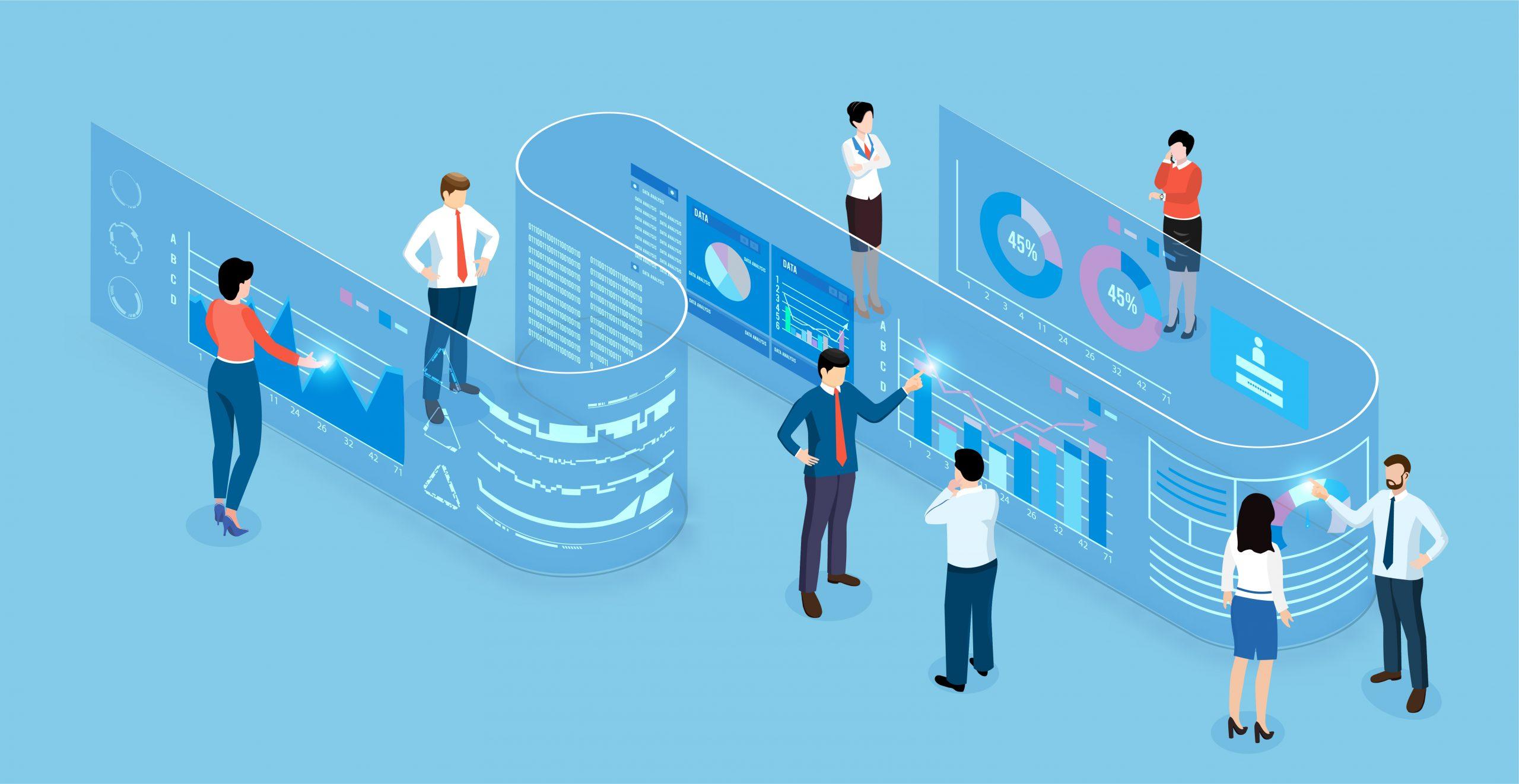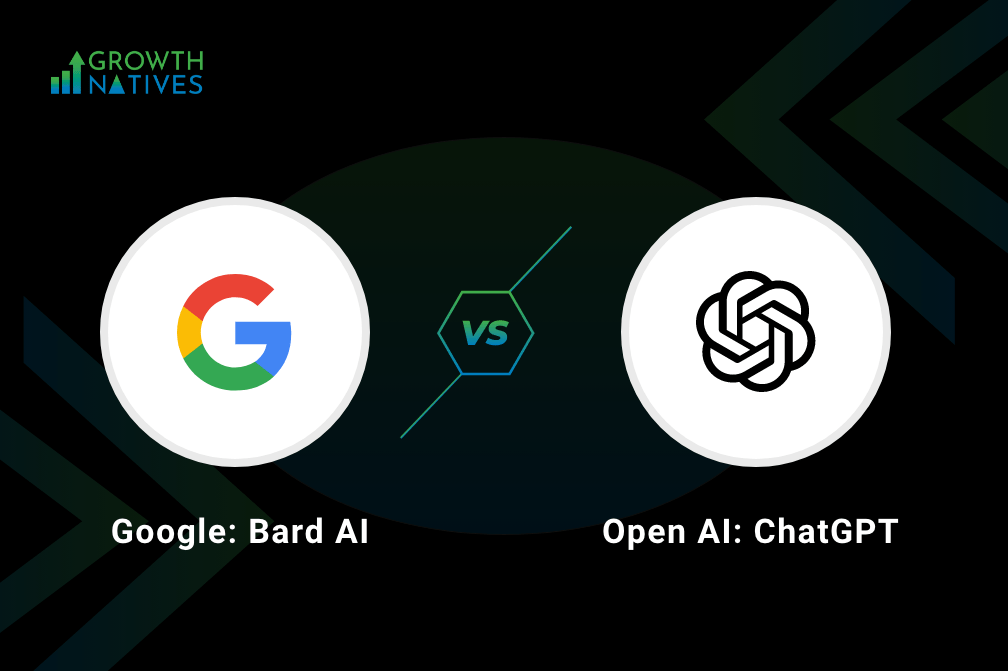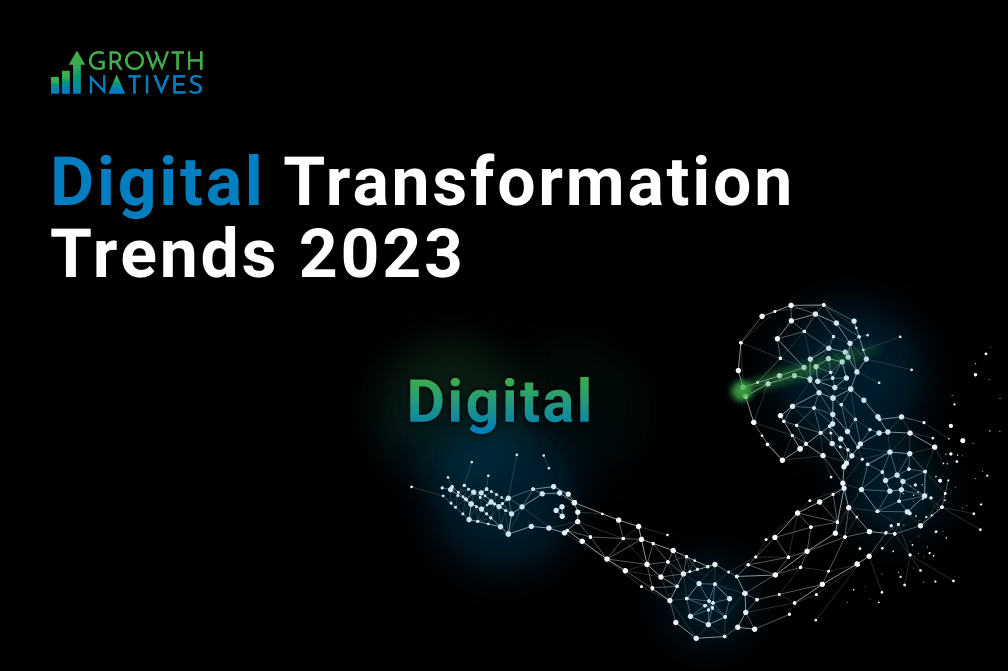Manage Customer Lifecycle Stages with These Must-have Marketing Data Tools

Table of Contents
Every company follows a different approach to customer lifecycle management. Even if you Google "customer lifecycle management," you will come across various definitions.
This is because organizations define it based on their respective customers’ behavior and their preferred channels. Even though there is no hard and fast rule for what makes up a customer lifecycle, managing it has one significant benefit—higher customer lifecycle value that comes from ensuring a stronger sales pipeline, personalizing marketing campaigns, and delivering delightful customer experiences.
So how can you achieve higher lifecycle value and build mutually beneficial relations with your customers? The answer lies in marketing data tools. These technologies can help you across the most common five stages of the customer lifecycle. But before that, let us see what a customer lifecycle means.
Why Is Customer Lifecycle?
Customer lifecycle involves describing various stages that a prospect goes through while interacting with your brand—from knowing more about the product and buying it to becoming a brand advocate. Usually, this process is divided into five steps: reach, acquisition, conversion, retention, and loyalty.
Breaking customer journeys into different steps highlights areas for improvement for other functions such as marketing, sales, and customer service. Your team can build lead acquisition content based on the stages your customers are in—something which is also known as customer lifecycle marketing.
Other teams can use this information to deliver personalized experiences that delight customers.
Customer Lifecycle Stages
Now that we know the five most common stages of the customer lifecycle, let us take a closer look at each of them and understand what marketing data tools you can use to manage these stages effectively.
1. Reach
Reach is the first stage of a customer lifecycle, where customers search for a product that solves their pain points. Customers, in such cases, either know their problem or are made aware of the issue they need to resolve.
For instance, a customer wants a pair of shoes. They search for it online, browse multiple brands and finally settle for the one with higher reviews and ratings. That is a typical buying process.
Alternatively, you create a demand for your product by highlighting your unique selling point. For example, your brand guarantees comfort even after walking for miles.
In such a case, your product attracts a prospect who walks a lot even though they might not have an immediate need. That is how you generate demand for your product or services. As a result, they click on your ad to read more. In other words, you successfully grab their attention and "reach" them while they are deliberating.
During the reach stage, your prospects usually browse and compare products across brands, read reviews, learn about you on social media, engage with your ads, and so on.
This stage is considered successful if the customer asks you for more information on pricing, features, or a demo.
Marketing Data Tools for Reach
Since this stage is mostly about your prospects discovering your brands, mobile and web analytics tools can help you collect, analyze, and report on various online activities. These tools usually collect data through enriched URLs (UTM codes), tracking pixels, heatmaps, overlays, etc.
This data is then used to understand user behavior and optimize their web and mobile experience, usage, and conversions. Some of these tools include Adobe Analytics, Mixpanel, and Google Analytics.
Google Analytics is the most common tool in this category, used by small and large organizations. Its free version offers basic capabilities to track critical milestones such as new vs. repeat users, bounces, sessions, and pageviews.
Adobe Analytics, a part of Adobe Experience Manager, brings together valuable data from various online channels to provide real-time insights into prospects' online behavior.
Mixpanel is commonly used to track user web and mobile interactions. It also offers tools for personalized communication, including sending messages and surveys and conducting A/B testing.
Bitly, a popular URL shortening and link management platform, allows you to effectively track UTM codes. It lets you track the performance of your digital campaigns and how your prospects respond to them.
2. Acquisition
A prospect officially enters the acquisition stage when they interact with your website, have a conversation with live chat, or call you on the phone.
This stage will have different metrics depending on the channel the prospect uses. For instance, if the lead inquires through a call, it will be a discovery call where you will have to know more about their needs and suggest the best products or services to satisfy and educate them.
Alternatively, prospects who discover you via a website should access educational content that helps them purchase. Every offer, blog post, or pricing page should assist the user to take a step toward becoming a customer.
Marketing Data Tools for Acquisition
Customer data is pivotal in creating highly targeted and personalized content during acquisition. It helps you target prospects at a demographic, behavioral, and psychographic level.
The tools in this stage help you correct, update, and remove poor data from your marketing database. For example, you are forced to use short web forms on landing pages to avoid friction.
This approach results in poor-quality data, including inaccurate, incomplete, or out-of-date information. In contrast, detailed, more expanded webforms can potentially risk your conversion rates since the forms are too onerous.
Therefore, data enhancement tools can help you build your existing data or acquire more data. It eliminates this dilemma by appending account and contact data with automatic real-time form enrichment.
Dominant data enhancement tech solutions are Zoominfo, Reachforce, and BuiltWith.
Zoominfo provides access to their database, which includes comprehensive information about decision-makers in most organizations worldwide. The database is enriched by using a web crawler called NextGenSearchBot.
ReachForce lets B2B organizations enhance their marketing data and database. With ReachForce, marketers can remove manual data cleansing, improve lead scoring, and normalize contact information.
BuiltWith Chrome Extension is a great tool to understand the tech stack of your users. It is a website profiler, competitive analysis, and lead generation tool that helps you determine the technology used to create a website, to provide intelligence, leads, and analysis.
3. Conversion
It is a deal! The prospect converts into a customer after navigating multiple online channels. You have all the necessary information to delight customers with personalized experiences at this stage.
Now is the time to start offering real value. Look at the purchase as a long-term relationship instead of a one-time transaction. Poor customer experience or service can lead to revenue losses, with studies showing that companies lose more than $75 billion every year to lost customers because of poor customer service.
In other words, the work does not end here. It is time to retain the customer and keep offering value, so they keep returning for more. It is time to walk the talk.
Marketing Data Tools for Conversion
When a prospect becomes a customer, you need to ensure a smooth onboarding and a smooth experience with your brand. Doing this usually involves exchanging data from a combination of data from the cloud and the system. That is where Integration Platform as a Service (iPaaS) comes in handy to integrate third-party platforms.
Additionally, tag management integrates customers' individual behavior data across various marketing applications like search engine marketing, web analytics, email service providers, and social media channels. Both these technologies are helpful when handling data during the conversion stage.
Zapier lets marketers integrate their most used web applications. With its vast library of integrated apps, you can create and automate routine tasks and workflows. For example, you can create a flow that automatically creates ClickUp tasks, sends an email with Gmail, updates fields in CRM, or adds contacts to SurveyMonkey when someone fills out a survey.
Segment.io is like Zapier but focuses only on customer data. Its customer data platform unifies your users' browsing history, preferences, and experiences across multiple channels. Besides customer data integration, it lets you build personas with audience management and offers data quality and governance capabilities.
Google Tag Manager is a popular web and mobile tag management software that manages JavaScript used for tracking and analytics on web and mobile websites. It allows remarketing and can be integrated with Google Analytics and Adwords.
4. Retention
Customer retention is valuable to the business in many ways. For one, boosting customer retention
by 5% improves profits by 25-95%. Second, brands have a 60-70% chance of cross-selling or upselling to an existing customer compared with only a 5-20% probability of selling to a new customer.
The first step to retaining customers is knowing how they feel and ensuring they have a positive experience. And there are multiple ways to do that.
You could send surveys to see if they enjoy using your product or service, measure your customer satisfaction score or create a Voice of the Customer program to identify things you can do better.
This goldmine of customer data can help you continuously improve and optimize your products and the overall customer experience. During the retention stage, offer exclusive perks to customers, including 24/7 support or a dedicated account manager, referral bonuses, and product discounts.
Keep your customers happy and turn them into brand advocates.
Marketing Data Tools for Acquisition for Retention
Marketers use data visualization and dashboards tools to visually track, analyze and display metrics, KPIs, and data points worth highlighting. These tools help you monitor the performance of your marketing campaigns and content and conversions. Common data visualization tools include Tableau,
Databox, and Google Data Studio.
Tableau has risen to rank to become one of the most popular marketing data visualization tools as it can connect to virtually any database. It has a simple interface for marketers to build visualizations, which are easy to consume and shareable.
Databox is a decision-making platform that helps you measure performance, uncover insights, and understand how your business is performing. This business analytics platform syncs with over 70 tools to create comprehensive dashboards, goals, reports, alerts, and more.
Google Data Studio is a free data visualization tool. It transforms your data into easy-to-read branded dashboards and reports you can share with various stakeholders. Its reporting tools let you:
- Use graphics, charts, and tables.
- Decide the type of data and number you want to share.
- Add comments to explain data points.
- Format report's fonts and colors as per your brand.
- Use explainer videos.
5. Loyalty
This is the stage where your marketing efforts are finally rewarded. Customers become loyal when they are happy and are willing to make additional purchases or refer to your product or service.
A loyal customer might promote you on social media, write a valuable product review or even consent to a written or video testimonial. Brand loyalty is the most crucial stage as it can help you boost revenue.
In fact, your loyal top 10% of customers shop thrice more per order, and your top 1% spend five times more.
Your customer will only reach this stage after having a pleasant experience and being influenced by the last four stages. In other words, brand loyalty happens over a period of time. It is not an overnight process. It has to be nurtured and instilled through top-notch service experiences that solve your customer's problems by providing product value.
Marketing Data Tools for Loyalty
In this stage, marketing analytics, attribution, and performance tools are valuable to improve brand loyalty.
Marketing analytics is essential to maximize the effectiveness of your campaigns. It gets you a bigger bang for your buck.
Marketing attribution is critical to analyze the combination or order of events that influenced the prospect to engage with your brand and eventually become a loyal customer. There are more than 10 marketing attribution models to help you measure the performance of your marketing activities. Here are a few attribution models for supercharging analytics and performance.
Bizible: One of the dominant players in this category is Bizible. It uses machine learning to merge behavioral and marketing data and link it to sales outcomes. This improves decision-making in marketing.
Full Circle Insights is also a marketing performance measurement tool that supports data, insights, goals, and results.
Allocadia is another marketing performance tool that relates marketing performance to the budget and indicates the ROI. It lets you experiment with various budget and forecasted revenue-related scenarios.
Conclusion
There you have it: different marketing data tools to use during five most common yet important customer lifecycle stages. Use them to get a clear view of your campaigns and identify ways to optimize them further.
If you want to further supercharge your marketing efforts, contact Growth Natives today. Write to us at info@growthnatives.com. We can help you set up the entire process and suggest a tech stack best suited to your business needs.
Author Box
Sakshi Arora
Sakshi Arora is a seasoned content writer and editor with extensive experience across various industries including B2C, B2B, travel, e-commerce, and IT. In her free time, she enjoys expressing her creative side through painting and writing poetry. She also finds solace in nature and has a deep spiritual connection. Music brings her immense joy.




